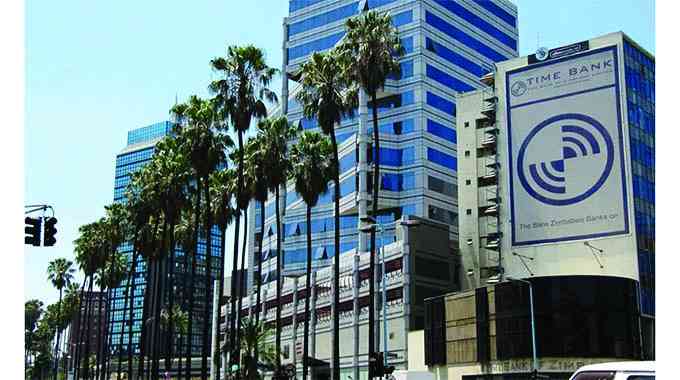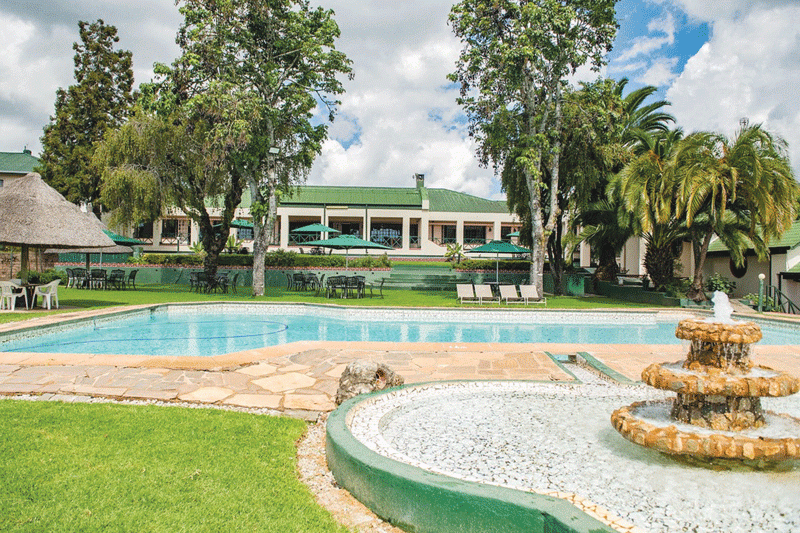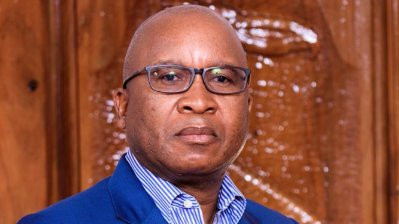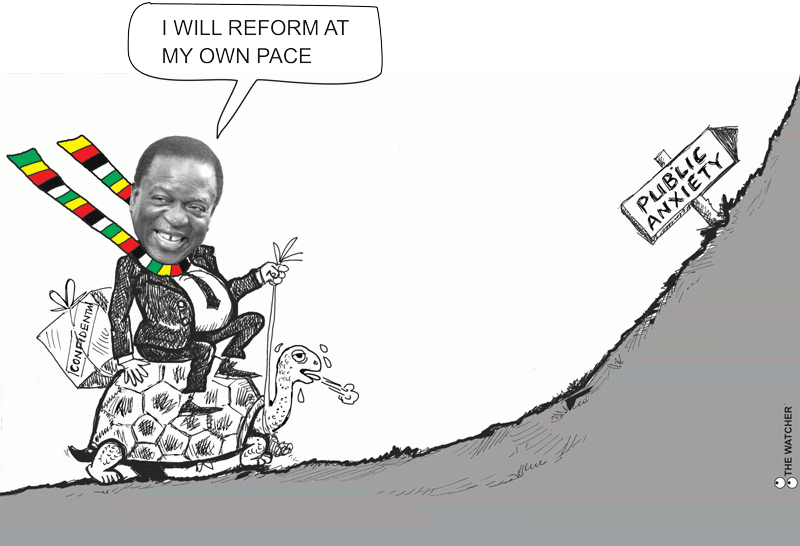
IT is generally believed that borrowing is not immoral. Even the champions of sustainable economic growth and development largely agree that the level of debt stock, whether at individual, household, local, or national levels, does not matter if it is maintained at sustainable levels.
Reportedly, the Zimbabwean government has been offered a staggering US$35 billion syndicated loan proposal to help clear its existing debts.
This opinion piece seeks to analyse the nation’s debt situation and scrutinise the viability of the offer, highlighting potential risks and the need for extreme caution in accepting such a substantial loan, which could worsen the public debt situation.
Brief background
Mainstream media reported that Time Bank (the Bank hereafter) had offered Zimbabwe a US$35 billion loan facility to help clear its obligations.
This offer would wipe out debt owed to about 10 main groups, including payment of foreign lenders (US$20,4 billion) and payment for land improvements by indigenous Zimbabweans before the acquisition of land by the government in 1980 (US$7 billion).
It also includes compensation for improvements by former farm owners (FFOs) (US$3,5 billion), depositors of banks, who lost value after hyperinflation in 2008/9 (US$1,1 billion), to pensioners affected by inflation (US$1 billion), for land improvements by former farm workers of FFOs (US$400 million), and to the insurance policyholders affected by inflation (US$400 million).
The Bank reportedly admitted not to have assets worth US$35 billion on its balance sheet. As such, it will utilise a syndicated loan approach, intermediating funds from various lenders.
- Chamisa under fire over US$120K donation
- Mavhunga puts DeMbare into Chibuku quarterfinals
- Pension funds bet on Cabora Bassa oilfields
- Councils defy govt fire tender directive
Keep Reading
Each lender contributes a certain percentage, and their liability would be limited to their respective shares.
In addition, the bank proposed to make payments for compensation in phases: Phase 1 (pilot scheme), Phase 2 (second payment scheme), and Phase 3 (third payment scheme).
The bank will quickly start Phase 1 by raising an initial US$1 million from its resources and purchasing Treasury Bonds from FFOs at a discount on a willing-buyer, willing-seller basis.
The trading for the piloting phase occurs in the secondary market, and the bank will bear all the associated risks.
Current debt statistics
According to the 2023 Annual Public Debt Bulletin (APDB), the total public and publicly guaranteed (PPG) debt stock stood at US$21,2 billion as of December 2023, up from US$17,7 billion reported as of September 2023.
This significant increase underscores the urgency of Zimbabwe's debt distress, struggling to honor obligations when they fall due, as shown by significant external PPG debt arrears.
Of the US$9,4 billion combined bilateral and multilateral debt, about 77,7% are principal arrears, interest arrears, and penalties, which have been accumulated since 2000.
Also, the unsustainability of the debt stock is illuminated by a total PPG debt-to-national output (GDP) ratio exceeding the 70% threshold as set out in Section 11(2) of the Public Debt Management Act as well as the 60% stipulated in the Southern Africa Development Community’s (Sadc) macroeconomic convergence targets.
According to the 2023 APDB, total PPG debt stock constitutes 96,7% of the national output (GDP).
The growth in PPG debt is primarily fuelled by mounting external PPG debt arrears and penalties (comprising 83,8% of the total) and non-performing guarantees (of the US$642 million issued between 2020-2022, 41% were outstanding in 2023).
Government debt strategy
The government has identified public debt unsustainability as one of the critical economic challenges the nation must immediately address.
The urgency of this issue cannot be overstated, as it directly impacts the country's economic stability. Consequently, in 2022, authorities developed an Arrears Clearance, Debt Relief, and Restructuring Strategy (hereafter the debt resolution strategy).
This strategy has identified two options: the Highly Indebted Poor Country (HIPC) Initiative and the non-HIPC route involving debt restructuring and arrears clearance via bridge financing and the use of own resources.
Authorities have further strengthened the debt resolution strategy by establishing a Structured Dialogue Platform (SDP), championed by the African Development Bank (AfDB) and with an external facilitator in His Excellence, Joachim Chisano, the former president of Mozambique.
The SDP seeks to institutionalise structured dialogue on reforms (economic, governance, and land tenure) underpinning the arrears clearance and debt resolution process with all creditors and development partners.
Despite the concerted efforts outlined above, granular analysis indicates that Zimbabwe will unlikely fully access the HIPC route as there are prerequisites it may fail to meet.
For instance, due to existing debt arrears, the country is not eligible to borrow from both the World Bank’s International Development Agency (IDA) and the International Monetary Fund’s (IMF) Poverty Reduction and Growth Trust (PRGT).
Again, there is a high likelihood that the climate change crisis and deteriorating global geopolitical tensions will make it extremely difficult for Zimbabwe to find bridge loans from external traditional donor countries.
Furthermore, rising fiscal pressures from myriad factors, including currency fluctuations, inflationary pressures, high debt burden, deepening informality, spillover effects of climatic shocks, and weakened domestic production, are collapsing the fiscal space.
Thus, ‘own resources’ are depleting, giving authorities a torrid choice between servicing the debt and supporting people, particularly vulnerable societal groups and rural communities.
This underscores the pressing need to find alternative ways to resolve debt unsustainability, stabilise the macroeconomy, and suppress poverty and inequality, offering a glimmer of hope in the face of existing challenges.
Syndicated loan deal feasibility
The bank’s loan offer to Zimbabwe is equivalent to replacing a small old debt with a vast new debt. Nonetheless, this offer fails to address the underlying causes of debt unsustainability.
The syndicate loan deal will leave Zimbabwe saddled with a huge debt burden that will massively divert resources from public service delivery in the long term.
It is worth noting that clearing all the existing debts, including contingent liabilities, at once never guarantees increased investment, particularly by foreign investors.
Again, the deal is complex and time-consuming, as ample time will be needed to identify, quantify, validate, audit, and publish all beneficiaries' information.
This daunting task likely opens the door for corruption and abuse as unintended beneficiaries may receive these funds. Also, the existing legal, institutional, and regulatory gaps sustain resource leakage through illicit financial flows (IFFs).
As such, there is a high likelihood that a significant part of the loan funds, if approved, will be externalised quickly, thereby not benefiting the economy and citizens.
Furthermore, the offered US$35 billion loan will push the debt-to-GDP ratio northwards of 150% (calculated based on 2023 APDB statistics).
Thus, the cost of servicing the debt will balloon exponentially. At the same time, the capacity to repay will be minimal as the proceeds from the proposed loan deal are not targeted at sustainable economic projects — projects generating adequate cash flows to repay the principal and interest.
Last but not least, there is a high chance that the bank’s proposed syndicated loan deal will come from profit-making sources and, hence, be offered at commercial interest rates instead of preferred concessional (low) rates.
So, to the public, the proposed loan offer seems to be a recovery tactic by the Bank, which had only re-opened in 2022 after 18 years of closure.
Therefore, there is a need to establish alternative ways to address the debt problem bedeviling the nation.
Evaluation
Zimbabwe is trapped in debt distress, as shown by ballooning arrears and penalties, constituting a more significant portion of external PPG debt.
This debt unsustainability must be resolved quickly to unlock new and concessional external credit lines. While the bank’s syndicated loan offer shows that its concerns are aligned with national priorities, the public believes that options for resolving debt must not create and lead to another dire debt problem.
It remains to be seen if the bank will be able to raise the proposed loan amount given the prevailing shallow domestic capital market coupled with high investment risk premium worsened by the increased cost of doing business (volatile currency, forex shortages, electricity deficit, high fuel prices, regulatory burden, etc.), prior debt default, and high indebtedness.
Cognisant of the preceding, prospective lenders to join the syndicate will likely demand high coupon rates to cushion their risk of financial loss.
As such, approval of the deal on offer would lead to more taxes, thereby reducing disposable incomes, fuelling inflation, widening inequalities, and deepening poverty.
- Sibanda is an economic analyst and researcher. He writes in his personal capacity. — [email protected] or X: @bravon96.











